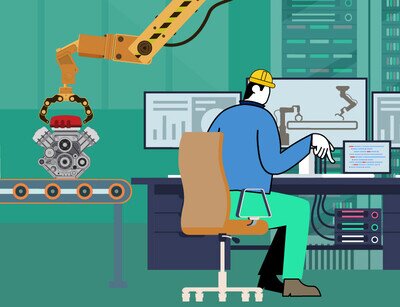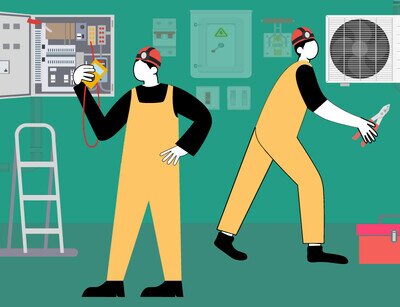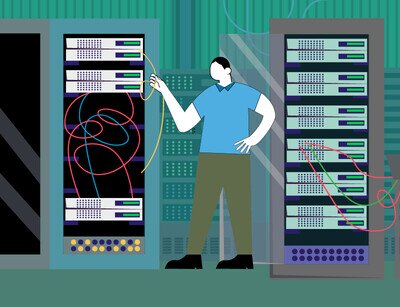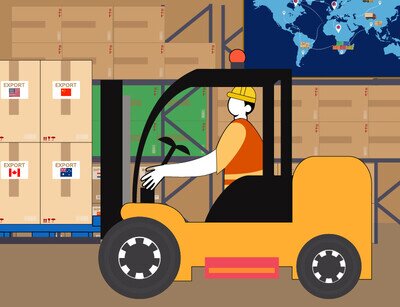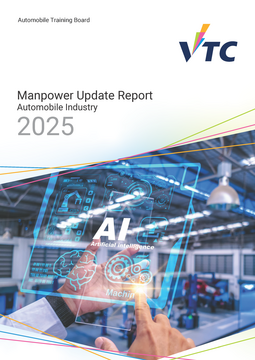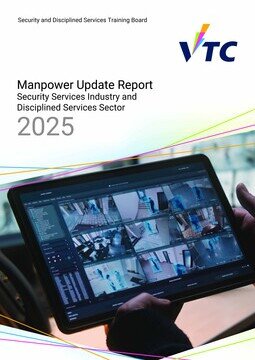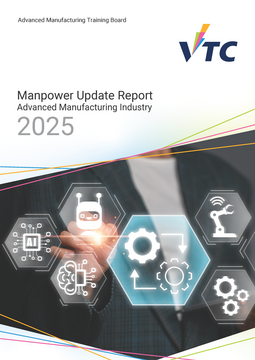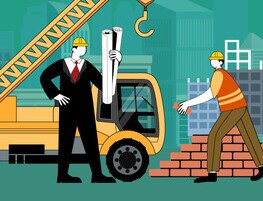Year 2021 Tooltips
Employees
0
0
0
0
Total
0
Note(s):
Employees referred to direct employees, sub- contractors' employees and self- employed persons
0
Vacancy rate: 1.9%
0
Vacancy rate: 1.8%
0
Vacancy rate: 1.9%
0
Vacancy rate: 0.7%
Total
0
Vacancy rate: 1.7%
All the percentages are rounded to nearest 0.1%.
0
0
0
Total
0
0
Turnover rate: 10.8%
0
Turnover rate: 11.8%
0
Turnover rate: 16.7%
0
Turnover rate: 33.0%
Note(s):
The figures did not include persons working at the construction site at the survey reference date
All the percentages are rounded to nearest 0.1%.
Monthly Income Tooltips
Note(s):
The figures did not include sub-contractor(s)’ employees and self- employed persons of the companies
All the percentages are rounded to nearest 0.1%.
Daily Wage
Note(s):
(1) The figures did not include sub-contractor(s)' employees and self- employed persons of the companies
(2) For employees at the skilled/semi-skilled worker and general worker level, no comparison with 2017 survey was available due to the different category of income.
All the percentages are rounded to nearest 0.1%.
Preferred Education Tooltips
Note(s):
Percentages were calculated on the basis of total number of direct employees of companies
All the percentages are rounded to nearest 0.1%.
Note(s):
Percentages were calculated on the basis of total number of direct employees of companies
All the percentages are rounded to nearest 0.1%.
Recruitment Difficulties
1st
Lack of candidates with relevant experience
2nd
Unsatisfactory terms of employment in the industry
3rd
Limited career prospects in the industry
Manpower Demand
Job Level
Professional/ Technologist
Average Annual Growth
0
2021
Actual
0
2025
Forecast
0
Note(s):
(1) The figures included direct employees, sub- contractors' employees, self- employed persons and vacancies.
(2) The manpower forecast has taken into account the construction expenditure forecast by professional body, age distribution of workers and so on.
All the percentages are rounded to nearest 0.1%.
Technician
Average Annual Growth
0
2021
Actual
0
2025
Forecast
0
Note(s):
(1) The figures included direct employees, sub- contractors' employees, self- employed persons and vacancies.
(2) The manpower forecast has taken into account the construction expenditure forecast by professional body, age distribution of workers and so on.
All the percentages are rounded to nearest 0.1%.
Skilled & Semi-skilled Worker
Average Annual Growth
0
2021
Actual
0
2025
Forecast
0
Note(s):
(1) The figures included direct employees, sub- contractors' employees, self- employed persons and vacancies.
(2) The manpower forecast has taken into account the construction expenditure forecast by professional body, age distribution of workers and so on.
All the percentages are rounded to nearest 0.1%.
Report
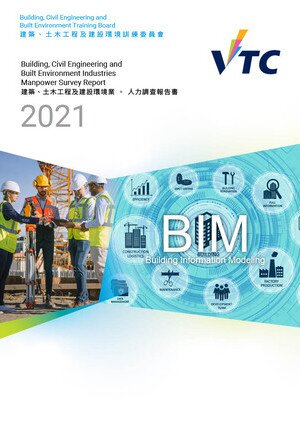
- Building, Civil Engineering and Built Environment
- 2021 Manpower Survey Report
Adopting Modern Construction Methods and Techniques to Promote Efficiency and Innovation
In order to strive under the competitive global environment, it is critical for the construction industry in Hong Kong to promote efficiency and innovation by adopting modern construction methods and techniques, information technology and automation technology. To encourage innovative technologies in the sector, the Hong Kong government has set up the Construction Innovation and Technology Fund to help boost technology adoption and increase productivity via automation and digitisation, including funding support for Building Information Modeling, Modular Integrated Construction, etc.

- Building, Civil Engineering and Built Environment
- 2025 Manpower Update Report
Rising Demand for Talents in Innovative Construction Technology for Hong Kong’s Construction Industry
The Government continues to invest in the formation of land, infrastructure works and construction of facilities required by the community, and strives to maintain steady growth in the capital works expenditure, including the development of Northern Metropolis, the Northern Link Main Line and the Northern Metropolis Highway (San Tin Section) etc. The clear prospect of the industries could enhance job security within the industries and was favourable to attracting the engagement of young generation. The extended use of advanced tools and highly productive digital construction methods has relieved the workload of workers in repetitive, labour-dependent or potentially hazardous construction procedures. The demand for talents with expertise in I&T fields, such as robotics, computer sciences and electronics, for the development and deployment of advanced construction methods has risen.





